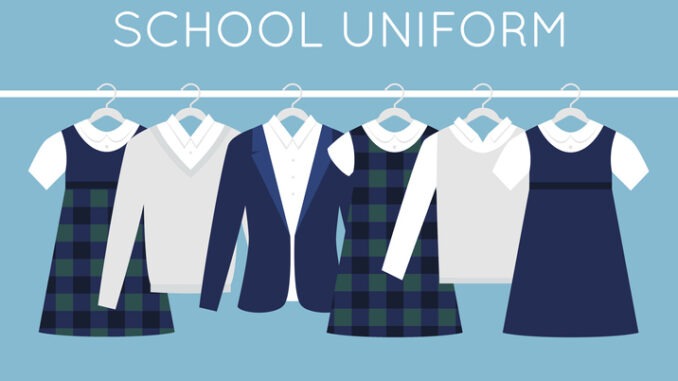
Demand for free school uniforms has increased since the start of the current, once-in-a-generation, cost-of-living crisis
Read the full article below or read on page 10 of our September magazine
The Cardiff-based charity, A Better Fit, claims that the second-hand clothes they give are leaving their warehouse as soon as they arrive. Kathryn Wakeham, the charity’s founder, said the rise was “over tenfold”.
“Most parents say they can source basics like the school trousers and polo shirts”, she continued. The cost of blazers and PE kits is astronomically high, and you need more than one. Often there is a complete school uniform change when children move years, so you have to buy new, regardless of the size of the child. It is really difficult for parents to keep up with the sheer amount of cost to kit a child out for school.” In 2020 The Children’s Society, which campaigns for more affordable school uniforms, estimated that the average secondary school uniform cost was £337.
The Welsh government has stressed that grants are available for those eligible for free uniforms. “Learners who are currently eligible for free school meals can apply for a grant towards school uniforms, school trips, and kits. The grant this year is £225 per learner, or £300 for those going into year seven to recognise the increased costs associated with starting secondary school.
“For this year only, the grants are an extra £100”. However, Kathryn Wakeham insists this is not enough. “We’re seeing working parents finding things really difficult now – and not just parents who aren’t on such a secure income.”
The National Education Union (NEU) are also calling on boards of governors in Northern Ireland to amend their policies in line with inflation. They say families are struggling with household bills because of increasing food, fuel and energy bills which puts pressure on household budgets before the new academic year as parents and carers are facing the purchase of new uniforms, PE kits, trainers, and school shoes.
“Uniforms should be a leveller, but are a significant cost pressure for parents at this time of year,” said Danielle Black, regional officer at the NEU. “Branded and specialised uniforms place unnecessary financial pressure on families when similar, cheaper, options are available in supermarkets and the high street.
“The solution is not complicated. With the current cost of living we need to reflect on the costs associated with education. In addition, many schools continue to unnecessarily prescribe different clothes for girls and boys which prevents clothing being passed on to siblings, and stops some pupils from being able to participate fully in their education.
“This stance on uniforms denies our pupils, mainly girls, comfort, choice and practicality, and reinforces unfair gender expectations. Families from different ethnic backgrounds may prefer a longer skirt or trousers for their daughters; for practical subjects and the primary play-based curriculum trousers are a more sensible option for all pupils.”


Be the first to comment